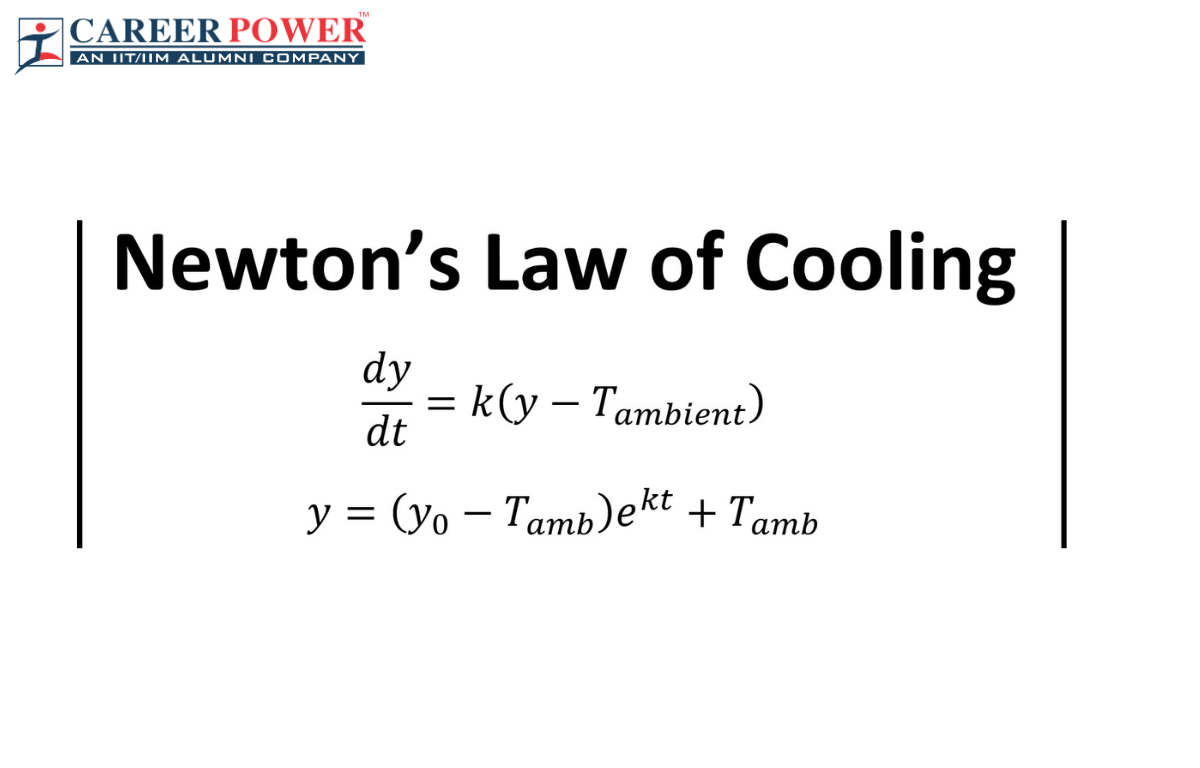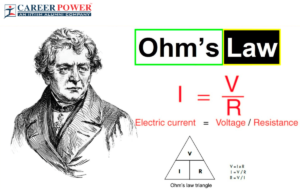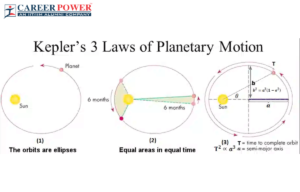History of Newton’s Law of Cooling
This concept of Newton’s Law of Cooling was developed by Sir Isaac Newton in 1701. He is also known for his development of Newton’s law of motion. Initially, the concept of Newton’s Law of Cooling was not the same as it is at present. Newton proposed that how fast a body’s temperature changes is connected to the difference between the body’s temperature and the temperature around it. The proper structure of the law was formed after 1701 after clarifying the confusion between heat and temperature.
Newton’s Law of Cooling
Newton’s Law of Cooling: When the hot cup of tea is kept on the table, it gradually starts to cool down. Later on, it reaches a temperature that is equal to the temperature of the surroundings. A hot cup of tea cools down by exchanging heat with the environment. Here, the cooling of a hot cup of tea depends upon the difference between its temperature and the surroundings. This example is based on the concept of Newton’s Law of Cooling.
Newton’s Law of Cooling says that “The rate at which heat loss takes place from a body is directly proportional to the difference in the temperature of the body and its surroundings”.
Newton’s Law of Cooling Formulas
As we know, this Newton’s law of cooling states that heat loss from a body is directly proportional to the difference in body temperature, and its surroundings. Mathematically, it can be written as-
dT/dt ∝ (T–Ts)
dT/dt = -k(T–Ts)
The negative sign on the above Newton’s law of cooling formula indicates the heat loss from the body.
Newton’s Law of Cooling Derivation
According to Newton’s Law of Cooling:
dT/dt ∝ (T – To)……(1)
where t and ts are temperatures that correspond to the object and surroundings.
The above equation can be written as dT/dt = -k(T – To)
Limitations of Newton’s Law of Cooling
The limitation related to Newton’s Law of cooling are-
- The temperature difference in temperatures between the surroundings and the object should be small.
- The loss of heat has to be by the way of radiation only.
- The temperature has to be constant while cooling down the object.
Applications of Newton’s Law of Cooling
The application in relation to Newton’s Law of Cooling is-
- To predict the time taken by the hot object to cool down at a constant temperature.
- This concept helps to indicate the death time given by the probable body temperature at the death time and the current body temperature.



 Ohm's Law: Definition, Formula, Limitati...
Ohm's Law: Definition, Formula, Limitati...
 Newton's First Law of Motion: Definition...
Newton's First Law of Motion: Definition...
 Kepler's Laws of Planetary Motion: First...
Kepler's Laws of Planetary Motion: First...













